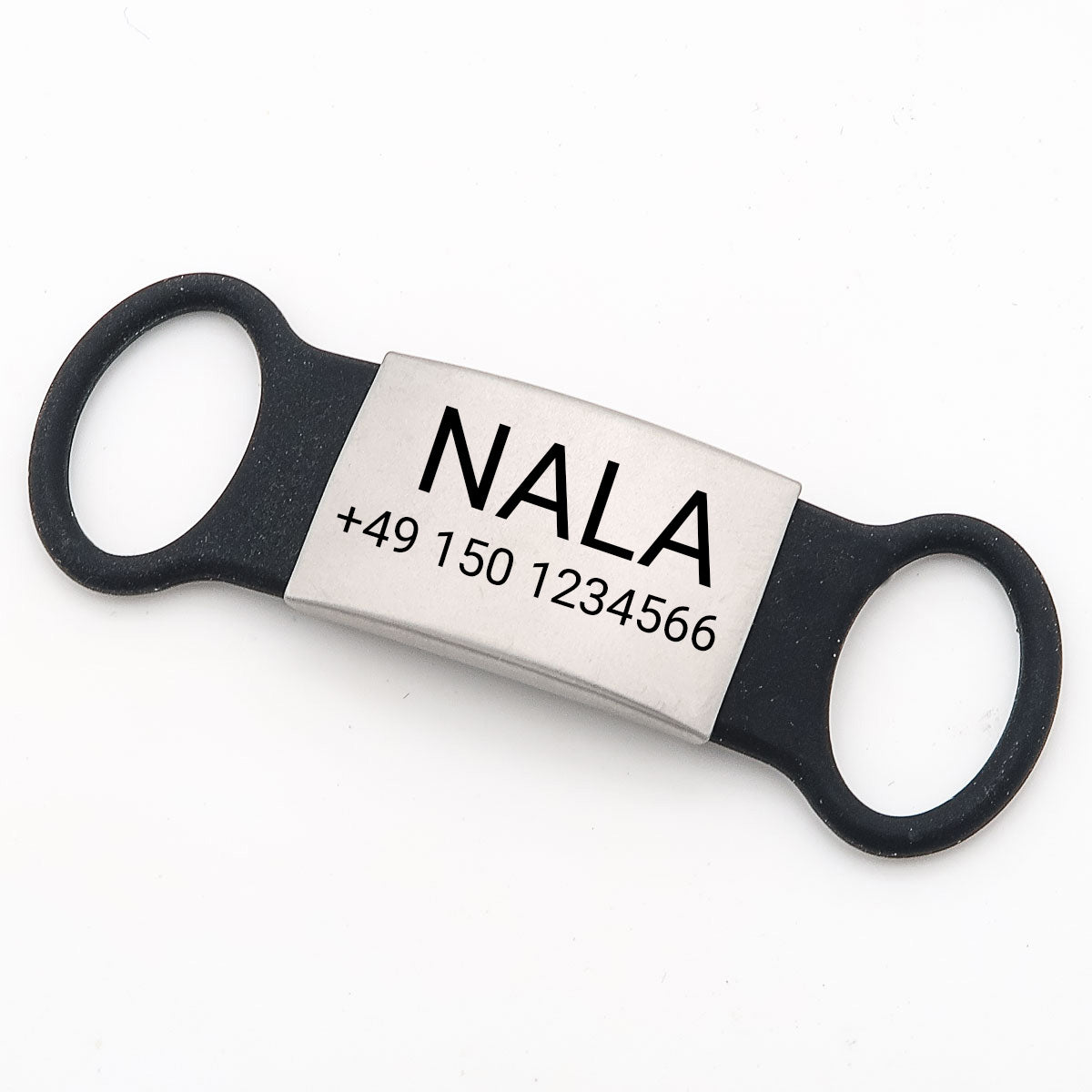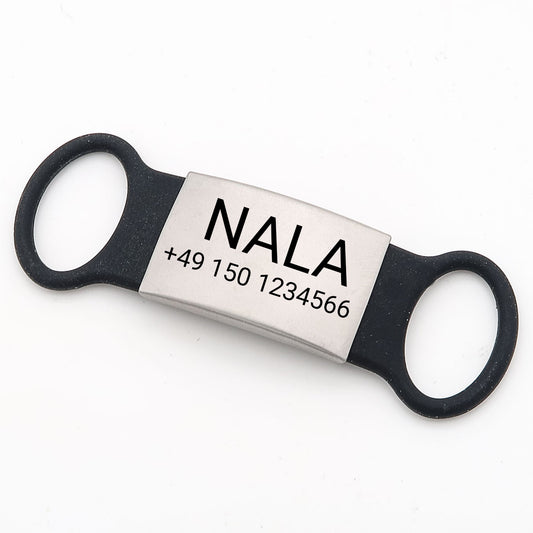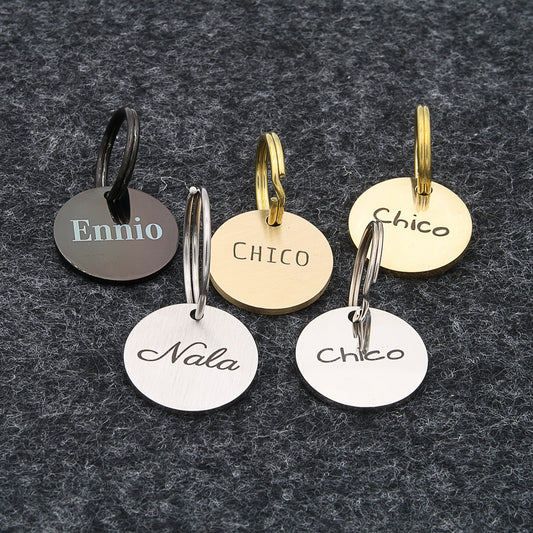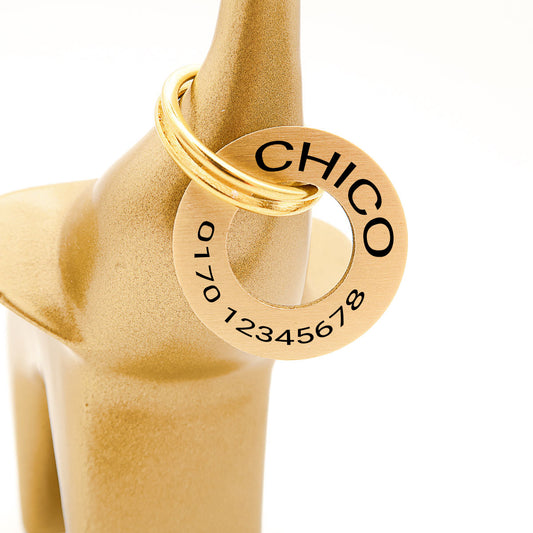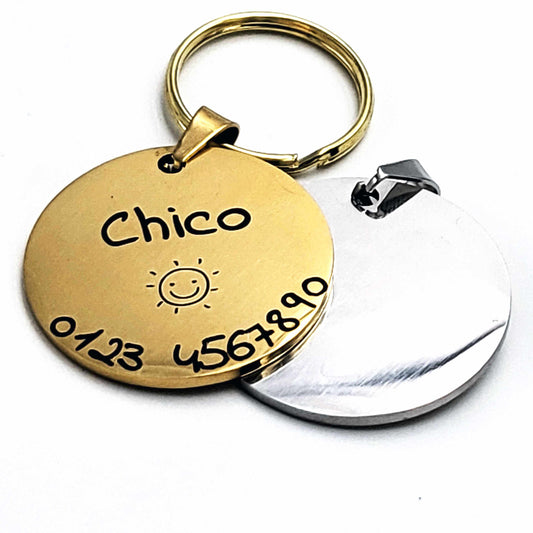
Dental care for dogs: How to keep your dog's teeth healthy
Share
Regular dental care protects against pain, infections and premature tooth loss. Find out practical tips, step-by-step instructions and product recommendations for healthy dog teeth.
Why dental care is important
Good dental care prevents plaque, tartar and periodontitis. Untreated dental problems can cause pain, refusal to eat, poor body condition and even heart, liver or kidney problems because bacteria from the oral circulation can enter other organs.
Common dental diseases in dogs
- Plaque: Soft coating of food debris and bacteria.
- Tartar: Calcified plaque that can only be removed mechanically.
- Gingivitis: Inflammation of the gums, often the first warning stage.
- Periodontitis: Advanced inflammation with bone loss and tooth loosening.
- Root and periodontal inflammation: Can be very painful and usually require dental treatment.
Signs of dental problems
Look out for the following symptoms:
- Bad breath (foetor ex ore)
- Red, swollen or bleeding gums
- Difficulty chewing, refusal to eat, salivation
- Discolored teeth, visible tartar
- Behavioral changes: Irritability, withdrawal
Daily dental care: step-by-step instructions
The earlier you start, the easier it will be for your dog to accept the care.
- Preparation: Choose a quiet place. Have rewards ready.
- Familiarization: Let your dog sniff finger toothbrushes or the taste of dog toothpaste.
- Finger exercises: Gently rub the edge of the mouth and teeth with your finger first to get used to touching them.
- Brushing: Use a dog toothbrush or finger ring and special dog toothpaste. Brush in short, gentle circular motions on the outside of all molars and incisors. The insides are often cleaned by the grinding action of chewing.
- Frequency: Daily brushing is ideal. At least 3-4× per week significantly reduces tartar.
- Reward: Completion of positive reinforcement (praise, play, small extra treat).
Professional teeth cleaning & vet
If tartar is already visible or your dog is showing symptoms, a professional teeth cleaning at the vet is advisable. This is usually carried out under anesthetic to thoroughly remove tartar, clean gum pockets and assess affected teeth. The vet can also restore certain teeth or remove them.
Tip: Have the veterinarian check the teeth once a year during the routine check; older or dispositioned dogs need more frequent checks.
Helpful products for dental care
- Dog toothbrushes: finger brushes, small manual toothbrushes or electric brushes for dogs.
- Dog toothpaste: liver or chicken flavor, safe and non-toxic.
- Dental chews & dental snacks: Look for dental hygiene certified products without too much fat/sugar.
- Water additives & mouthwashes: Support oral flora, but do not replace tooth brushing.
- Dental gels: Can help to reduce plaque formation.
Choose products with a proven effect and read the composition. Ask your vet if you are unsure.
FAQ - Frequently asked questions
Can I simply give my dog hard toys instead of brushing?
Hard toys (e.g. hard bones, antlers) can damage or break teeth. Softer, specially designed dental care toys are better, but they do not replace regular brushing.
At what age should I start?
Early is best - from puppy age. Gentle habituation to touching the mouth makes later care easier.
How much does a professional teeth cleaning cost?
The costs vary depending on the region, the size of the dog and the extent of the treatment. Ask your vet for an estimate.
Conclusion
Dental and oral health are crucial for your dog's well-being. Daily care, regular check-ups and the targeted use of supportive products reduce pain, improve quality of life and save veterinary costs in the long term. Start early and stay consistent - your dog will thank you for it.
